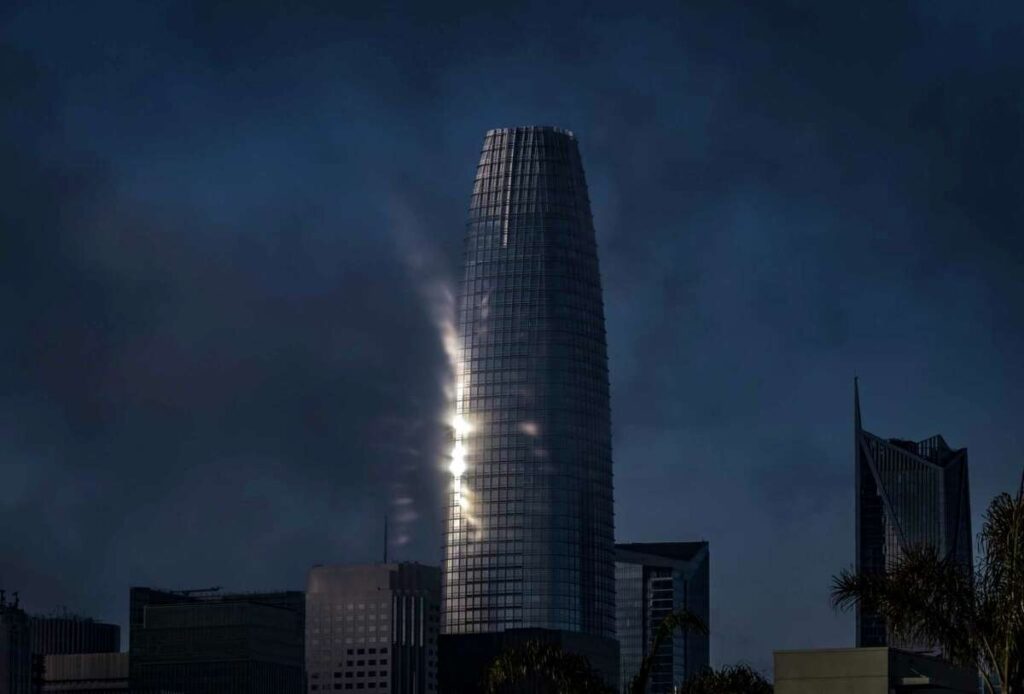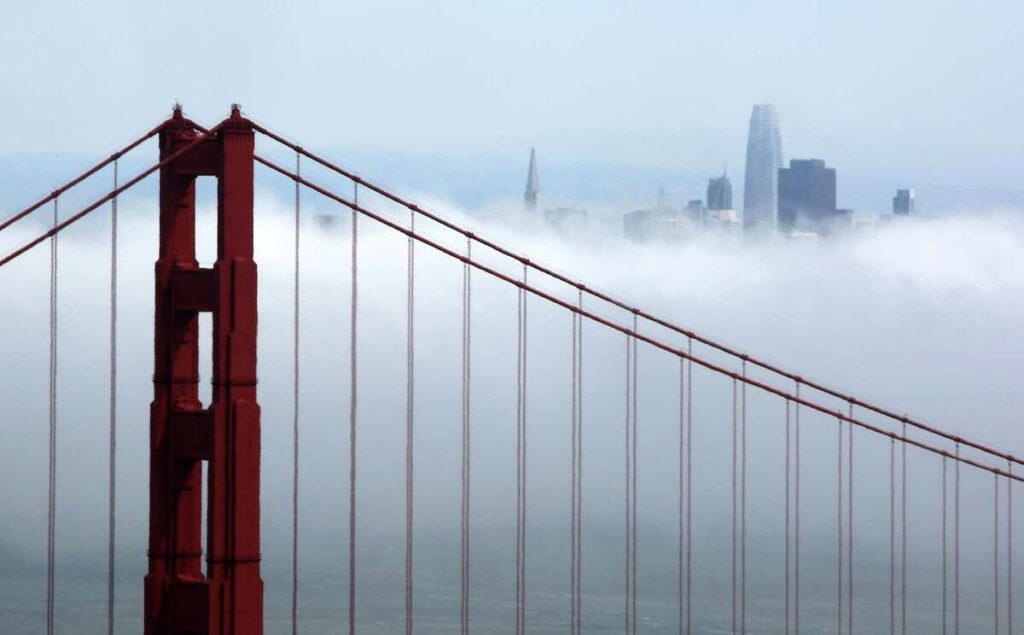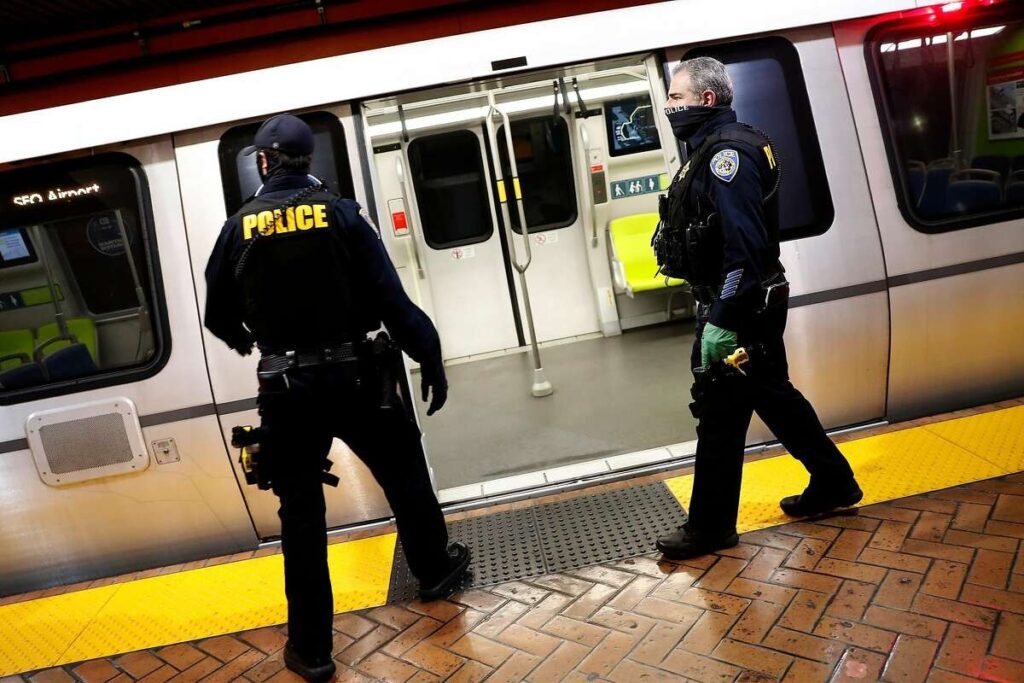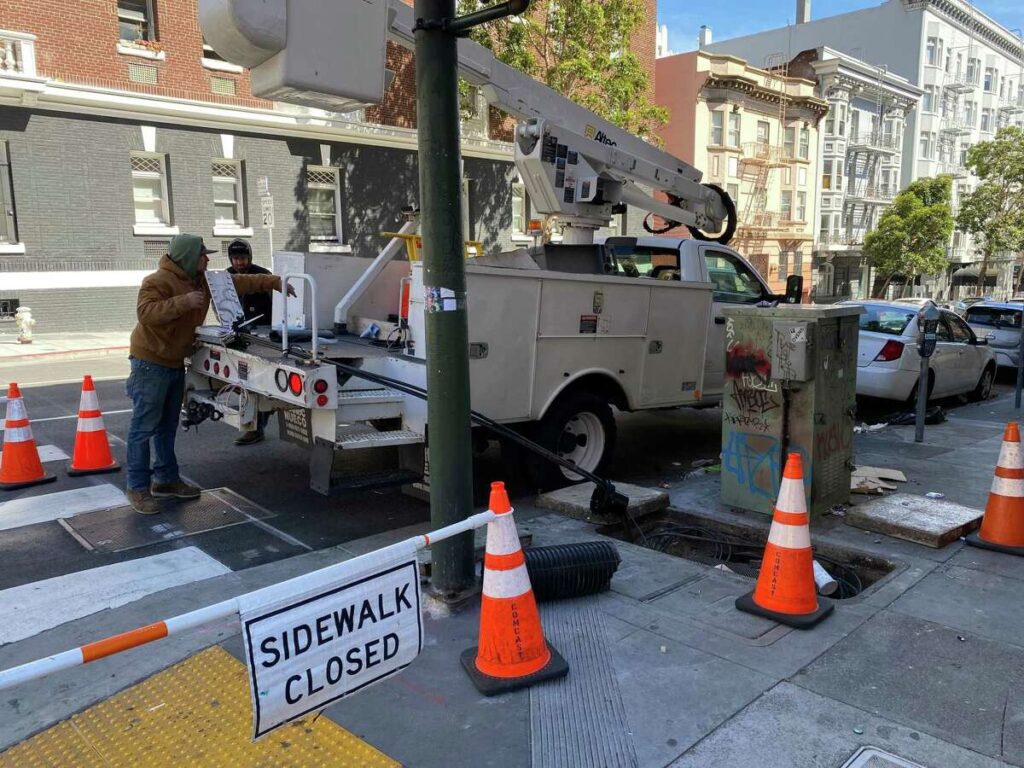Chronicle Editorial Board
April 1, 2023
Downtown San Francisco is at risk of collapsing — and taking much of the Bay Area with it.
Experts say post-pandemic woes stemming from office workers staying home instead of commuting into the city could send San Francisco into a “doom loop” that would gut its tax base, decimate fare-reliant regional transit systems like BART and trap it in an economic death spiral.
Who could have predicted such a fate?
Anyone who paid attention to what happened in New York after the 9/11 terrorist attacks.
Like San Francisco, lower Manhattan’s Financial District was once a nearly exclusive daytime hub for suburban office commuters and the businesses who fed them lunch — and a ghost town after dark.
That all changed after 9/11.
The attacks not only devastated lower Manhattan physically, they also threw into question the very logic of the neighborhood’s urban fabric; commuters, it was assumed, would never again want to work in office towers over fears of terrorism.
So, to stave off a doom loop of its own, New York came up with a vision for reinvention.
The Financial District would become a place where people actually lived as well as worked. Local, state and federal officials rallied behind the plan. It took an estimated $20 billion in public and private investments to fund this vision, which included two new train stations, public parks, malls and once-in-a-generation tax breaks for developers to convert office buildings into apartments. The federal Housing and Urban Development Department also distributed $281 million to incentivize people to live in the neighborhood.
The area more than bounced back. It added over 60,000 residents who, perhaps unsurprisingly, needed little convincing to move to a climate-friendly, 24-hour neighborhood filled with pedestrians, restaurants, culture, nightlife and easy access to public transit.
The tragedy of 9/11 inadvertently revealed the glaring vulnerabilities and inadequacies of office-dependent, 9-to-5 business districts — and created a new model for making American downtowns more stable economic engines for local governments and fostering better, more compelling urban life.
Unfortunately, San Francisco didn’t get the memo.



